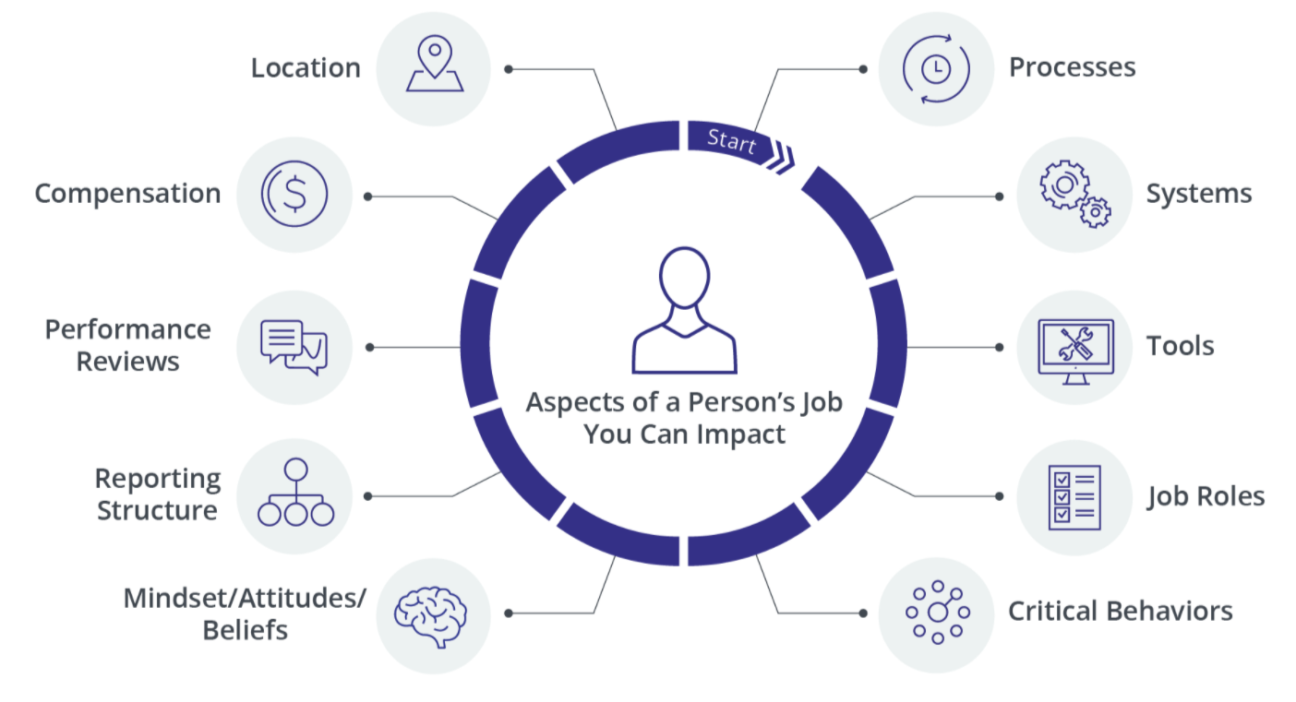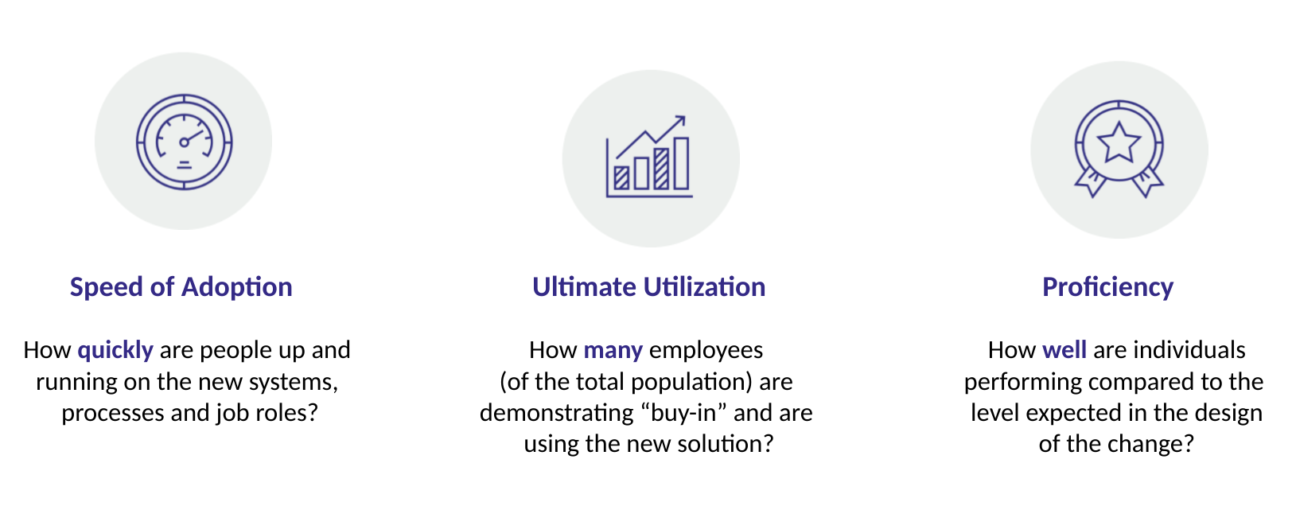This article is written by Soline de Dorlodot, Change & Intranet Manager at Devoteam G Cloud
When I don’t have enough time, the first thing I tend to sacrifice is my sleep. I could choose to cut my meetings with my friends short, I could decide to live without my daily dose of social media, I could forget about that new Bridgerton episode I desperately want to watch. But instead of making any of these sane choices, I remain true to my procrastinating self and skimp on my much needed rest.
This is the worst possible decision, as my next day (and possibly my whole week, because I’m not twenty anymore) will consequently be drastically less efficient. It is no secret that sleep has a direct impact on our health and our mood.
Just like sleep is an essential that is too often neglected, change management is one of the first items cut to save money, even though it has been proven to have a direct impact on user adoption and engagement.
Now, I know that I neglect my sleep because it is much more fun to do something unreasonable – but what reasons do customers have to neglect change management ? This is what we are going to explore here.
“It’s OK, we know how to do a communication plan”
There is a misunderstanding of what change management is. For most people, change management = good communication. But communication is only one brick in what must be a much more complete plan. Change management, defined by Prosci, a methodology we apply, is “an enabling framework for supporting the people side of change”. In other words, change management is the accompaniment of people in their transition to something new. This support goes far beyond communicating the whys and wherefores of the change: It rests on the 4 pillars of change management, namely organization design, stakeholder engagement, training and communication. In other words, if you’re focusing only on a communication plan, you’re missing out on 75% of the change management plan!
“We are all motivated”
In our Lumapps projects, we are fortunate to deal with motivated project teams. They often drive the introduction of Lumapps within their companies and are usually composed of members of the Communication, HR and IT departments, well used to digital changes and tools.
However, these teams tend to succumb to a very human reflex: to lend their own impressions to others. As a result, these teams often overestimate the enthusiasm of employees for the project and minimize the risks associated with human change management. The implementation of a formalized change management seems superfluous and goes by the wayside. The disappointment is great when the reality turns out to be different. To overcome this distortion of perception, the first step of a good change plan is crucial: an analysis of the stakeholders and the impact of the change on them. This can take various forms : an ADKAR analysis of the various stakeholder groups, a list of personae to visualize the different profiles cohabiting within your organization, a survey,… Or a unique combination of these options, based on the specific needs of your organization.
“It’s only a new intranet”
In the same vein, a common mistake is to underestimate the size and impact of the change. In the case of LumApps projects, the word “intranet” plays heavily into the perception of the size of the change – in the minds of management, it’s “just” a communication tool, an area that is in itself already pretty low on their priority list. Project teams are generally more aware of the impact of good communication, but also reduce the impact of a new intranet to a change of information source for their internal customers.
But an intranet is by definition a large-scale change, because it implies a change of habits for everyone. Moreover, Lumapps goes beyond the framework of a simple source of information and often implies a change of mentality. All in all, at least six of Prosci’s ten aspects of change impact are concerned.

Source : Prosci’s 10 Aspects of Change Impact
The change can be more significant for certain groups of employees, such as those who will manage their information content on Lumapps, or those who will manage communities. Not to mention middle and top management, for whom the change in culture is often the most difficult to grasp. The involvement and motivation of all these stakeholders is what will make the difference between a failure and a success, since the latter will be measured in adoption rates.
“They will end up using it anyway”
Another argument used against a comprehensive approach to change is that people will have no choice but to adapt. This is what I call the “sink or swim” position. Advocates of this view believe that there is no point in investing time or money in change management to boost adoption, because users will have no choice but to use the platform to search for the information they need or interact with their colleagues anyway.
This view can be defended, as long as there is effectively no competition to the platform in the company’s ecosystem, both formal and informal. However, identifying all the elements of the ecosystem in question is a complex exercise, usually carried out as part of the – yes, you guessed it – change management plan.
And while removing the competition can boost adoption, it will happen much more slowly than if a full change plan is in place. This has a significant impact on ROI, as the faster the adoption, the higher the ROI. Similarly, adoption by default will not necessarily mean sufficient proficiency, which also plays a role in the success of a new intranet.

Source : Prosci – The three human factors that determine ROI
As regards the necessity of sleep, plenty of scientific essays stress its vital importance, and it is backed all too decidedly by my personal experience.
The same goes for change. As already mentioned, plenty of studies and surveys demonstrate the importance of change management – but we can also testify from our own experience with customers : most companies that have opted for a reduced version of a change plan come back to us a year or a few months later to ask us to help them set up an adoption plan. And it will likely cost them more than if they had covered it from the start.
Now, I’m going to call it an early night. And I suggest you look into your change management needs or contact us directly to discuss your change management challenges!